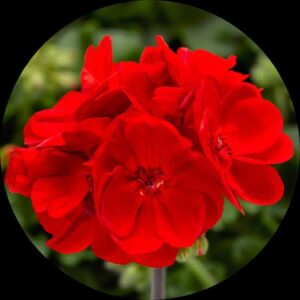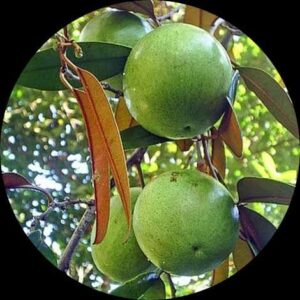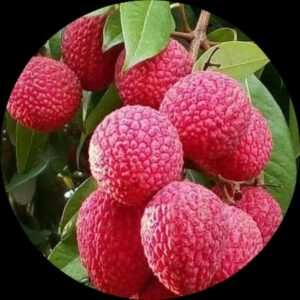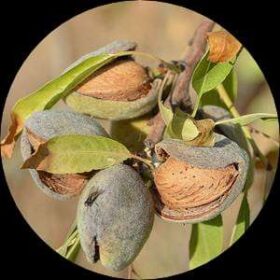- Empty cart.
- Continue Shopping
Black Turmeric
Original price was: ₹670.00.₹398.00Current price is: ₹398.00.
Genus : Curcuma
The Sesame Plant is a versatile and nutritious addition to any garden. Known for its edible seeds, this plant produces flavorful sesame seeds that can be used in various culinary creations. Sesame seeds are rich in healthy fats, protein, and essential nutrients, making them a valuable ingredient in cooking and baking. Additionally, the Sesame Plant has medicinal properties and is used in traditional herbal remedies. Grow your own sesame plant and enjoy the benefits of this remarkable plant in your kitchen and home.
Black turmeric is a rare and unique variety of turmeric that is known for its dark purple or black flesh and its pungent aroma. It is also known as black zedoary or kala haldi.
The black turmeric plant grows to a height of about 3-5 feet and has broad, lance-shaped leaves that are about 6-8 inches long. It produces small, white or pink flowers that grow in spikes and are arranged in a cone shape.
The underground rhizome of the black turmeric plant is where the prized black turmeric is found. The rhizome is roughly oblong in shape and is characterized by its dark purple or black color. It has a pungent, earthy aroma and a bitter taste.
Black turmeric has a long history of use in traditional medicine. It is believed to have anti-inflammatory, antioxidant, and anti-cancer properties, among other health benefits. It has also been used in Ayurvedic and Chinese medicine to treat a range of ailments, including digestive issues, skin problems, and respiratory disorders.
In culinary applications, black turmeric is used primarily as a natural food colorant. Its dark color makes it a popular ingredient in certain types of Indian and Southeast Asian cuisine, where it is used to color and flavor dishes like rice, sauces, and curries.
The black turmeric plant is relatively easy to grow and can be propagated from rhizome cuttings or seeds. It prefers well-draining soil and partial shade, and requires regular watering and fertilization to ensure healthy growth.
Overall, black turmeric is a unique and prized variety of turmeric that is valued for its dark color, pungent aroma, and range of health benefits. While it is primarily used as a natural food colorant, it also has a long history of use in traditional medicine and is a popular ingredient in certain types of cuisine.













Reviews
There are no reviews yet.